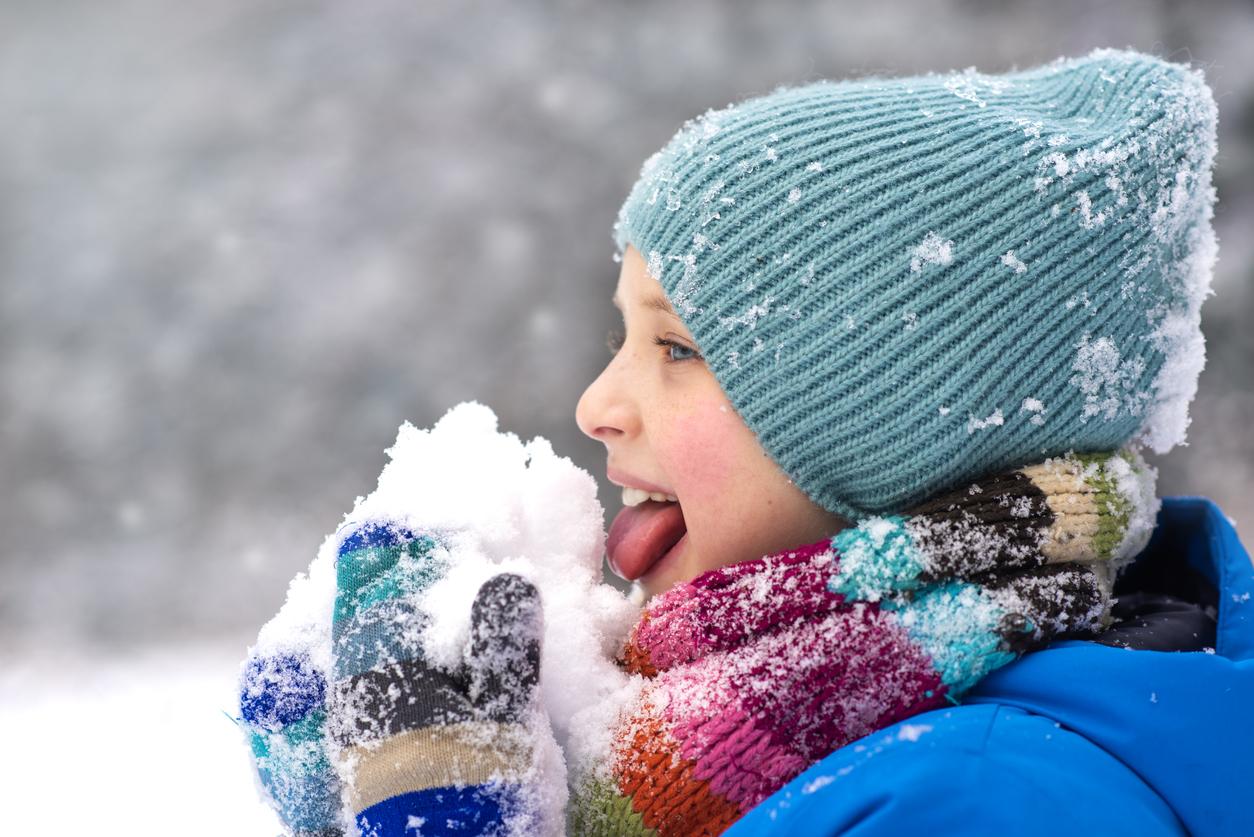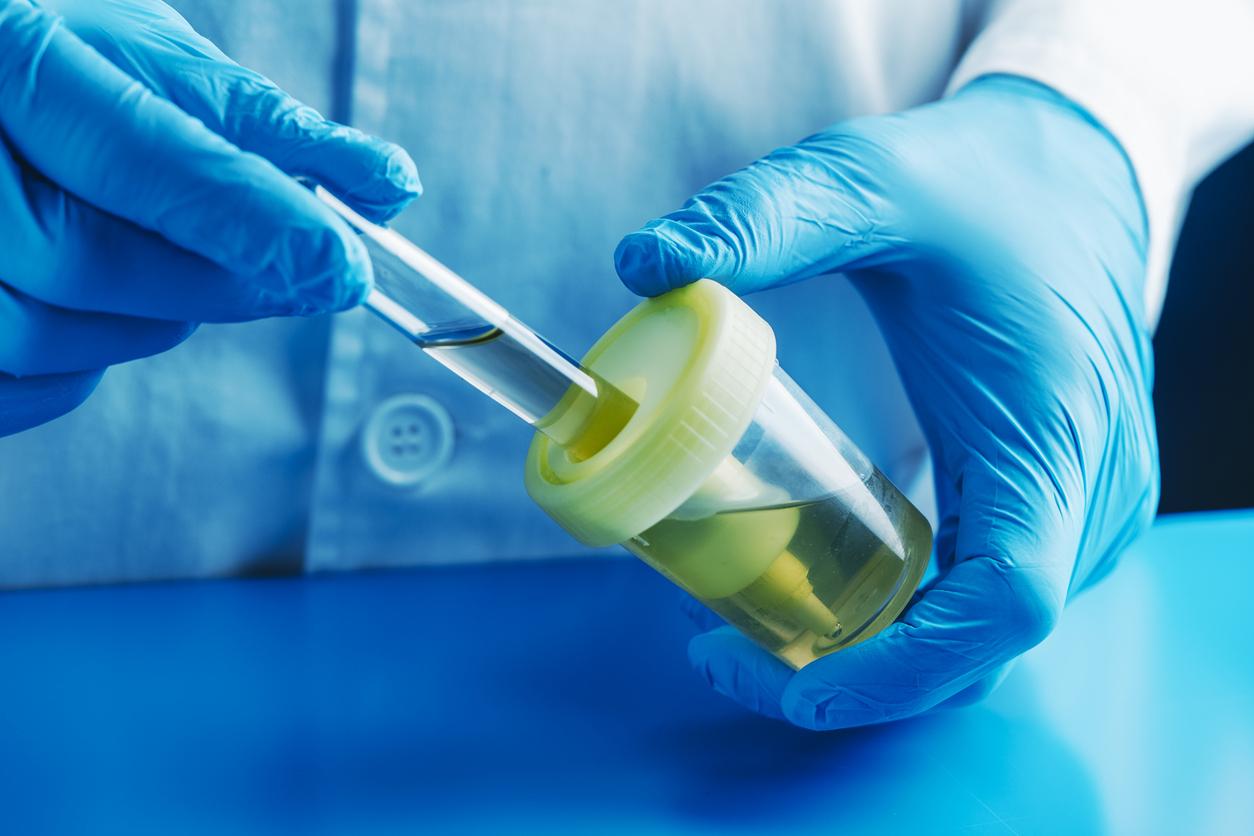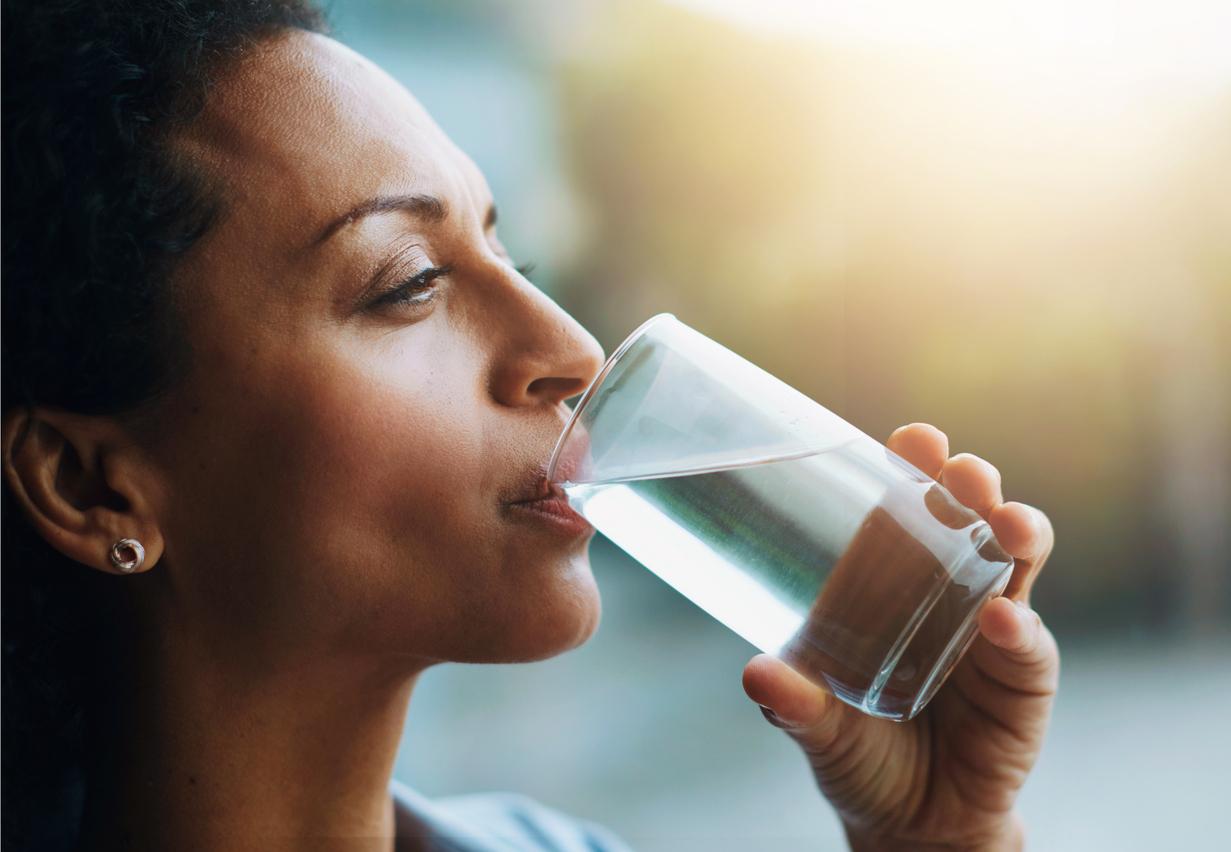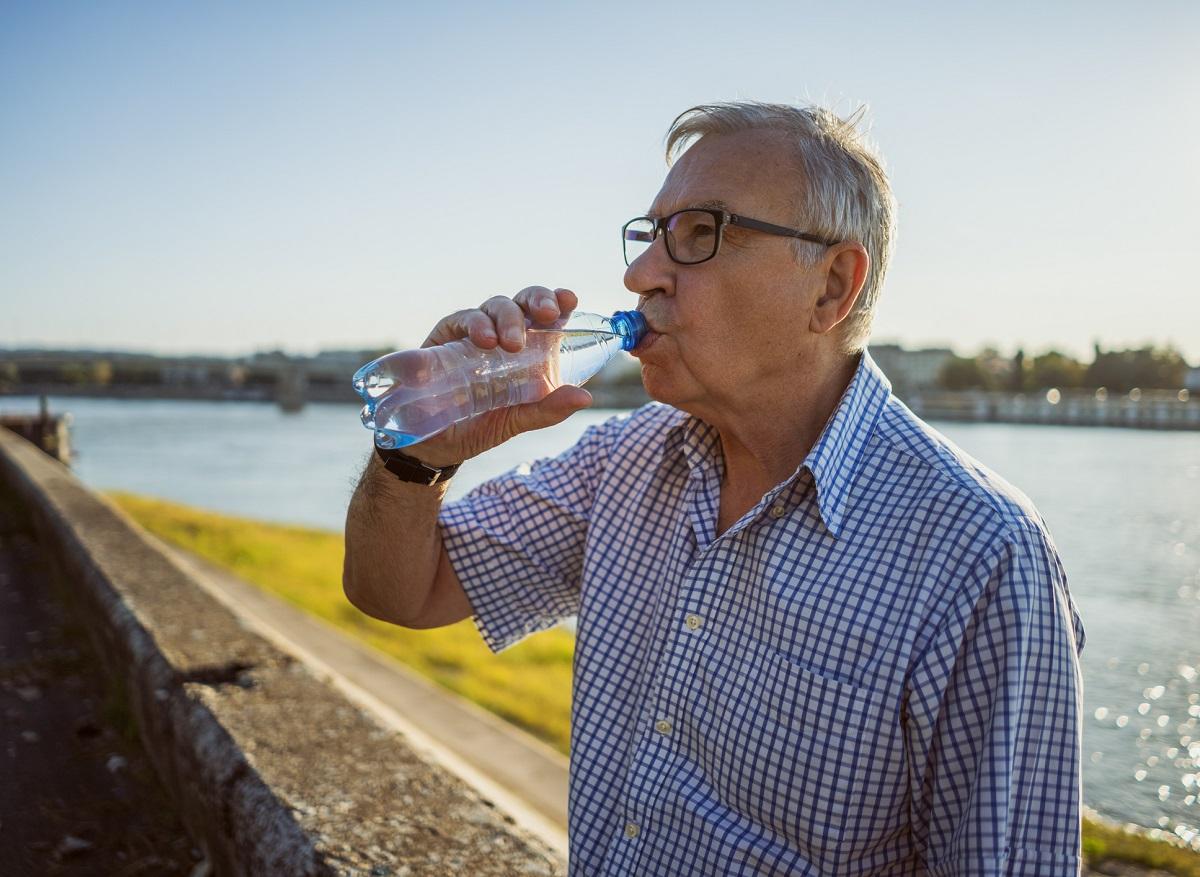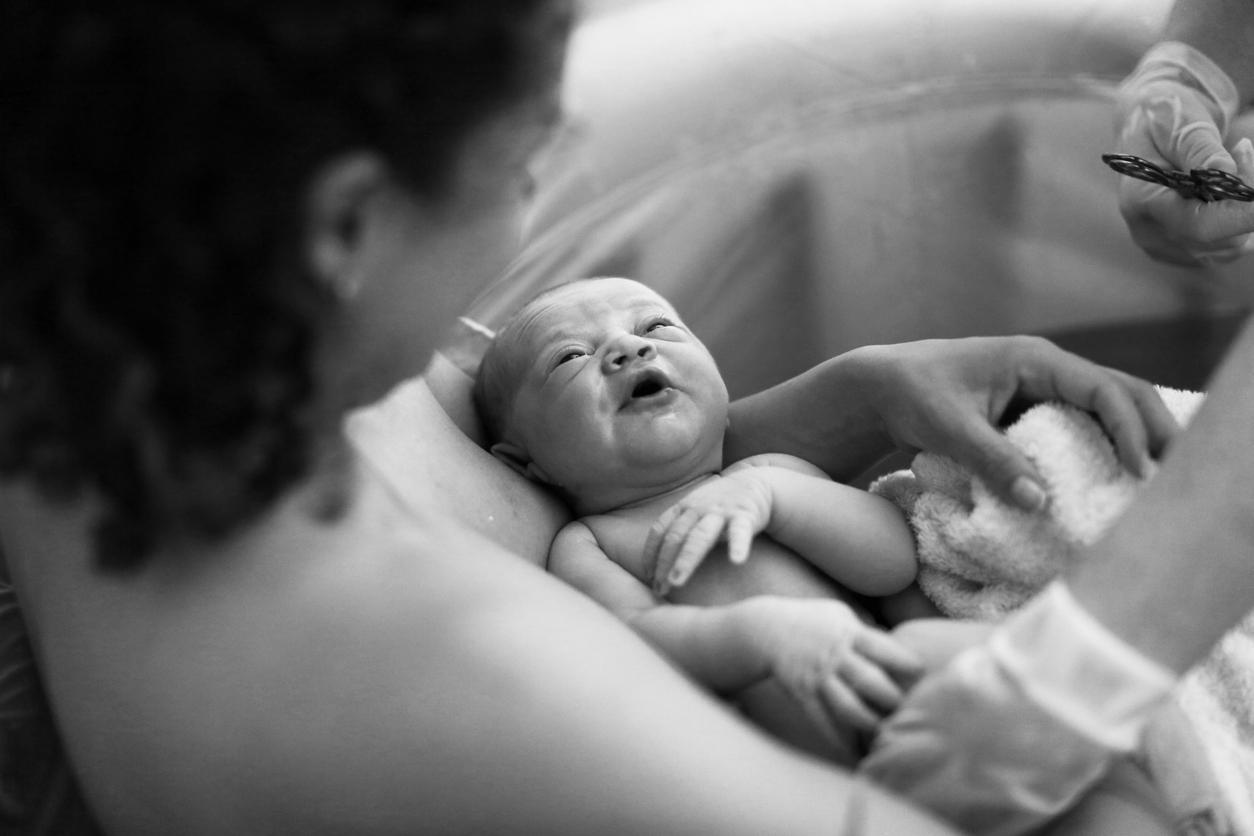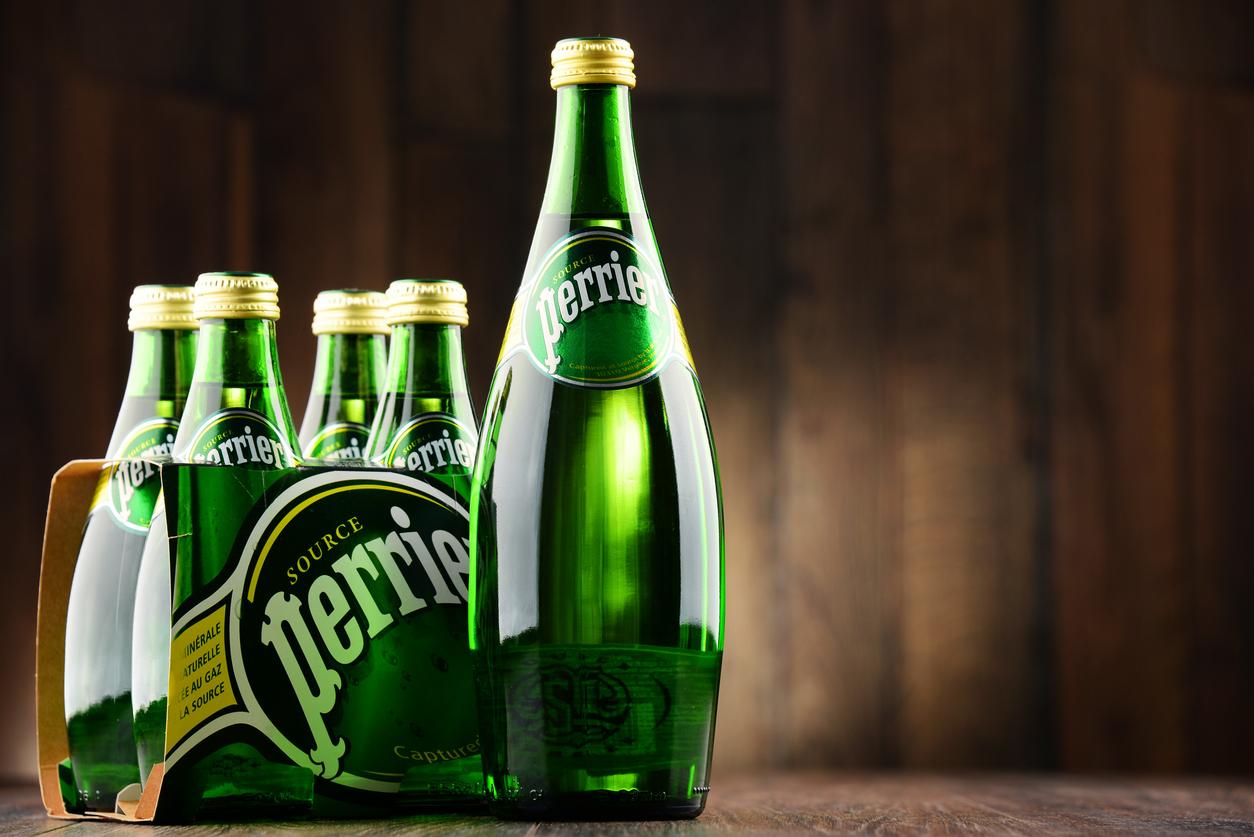This water is not miraculous but it makes Californians fantasize as much as the fountain of youth. “Raw water”, understand “raw” water because it is untreated and unfiltered, constitutes the new juicy market for companies in Silicon Valley (United States). In the movement of returning to the sources, Raw water symbolizes the desire to hydrate naturally without going through the usual treatments. For Californian elites who have tasted this unfiltered water and are snatching it up at a high price, the difference is noticeable. This quest for “pure water” is judged by its followers to be safer, more respectful of the body. Why this creed? Mistrust is growing vis-à-vis tap water, after scandals of fluoride contamination or lead, explains the New York Times in an investigation on the subject. Even traditional bottled spring water is suspect for consumers of Raw water because they believe the treatments it undergoes relieves it of all healthy bacteria, “probiotics”, as those converted to raw water call them.
Live Water is a pioneer in the sale of this untreated spring water. It is located in Oregon. Its founder Mukhande Singh, started this activity three years ago. Since then, it has become a real business. The founder is not afraid to play the symbolism of Zen and the natural to the full, conveying a “cool” look on social networks, with his long hair, his bare chest and his meditating posture.
Riding on this Raw water trend, start-ups are flourishing in the United States to offer untreated water and meet strong demand. As a result, the prices of glass jars containing this “precious” water are taking off, rising to € 4 per liter on average.
A practice to avoid
But this craze for this untreated water poses serious health risks. Unfiltered and therefore unclean water can be contaminated by animal droppings, pollutantsnatural like bacteria, viruses and bacteria but also natural arsenic present in some groundwater.
More broadly, this American whim seems out of place at a time when 2.1 billion people, or 30% of the world’s population, still do not have access to drinking water and 4.5 billion, or 60%, do not have sanitation services, according to theWorld Health Organization (WHO).
Also read:
Polluted water kills 500,000 people a year
In England, a tax on take-out drink cups









